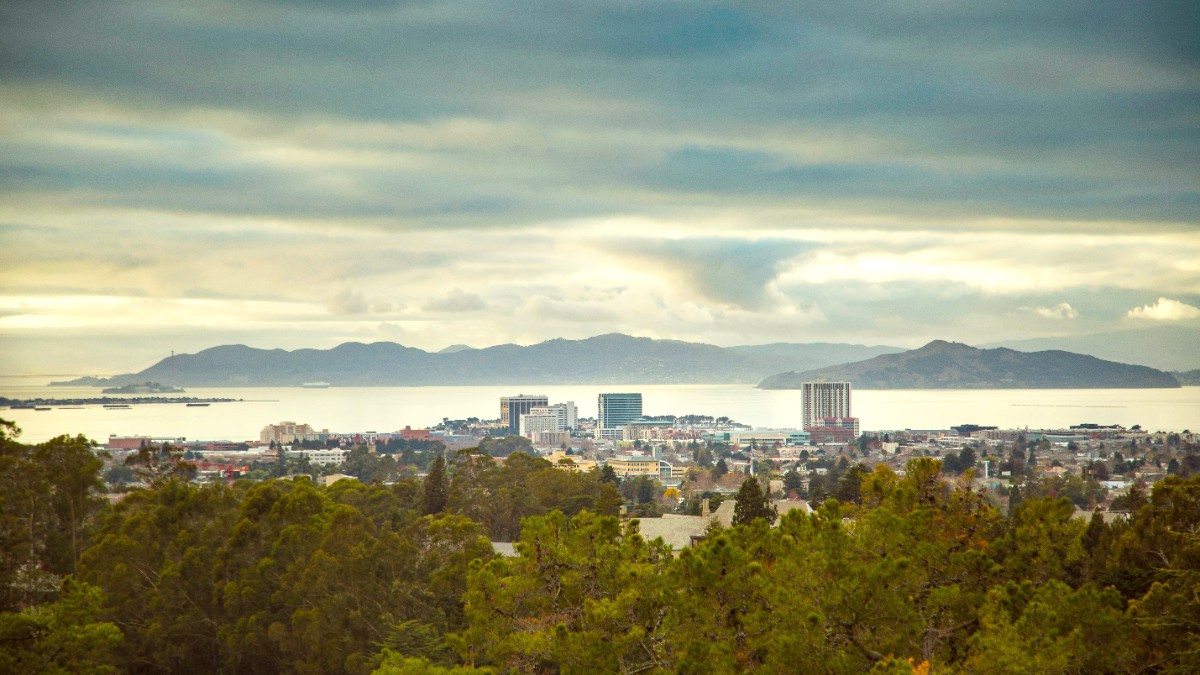
California, USA
BART (Bay Area Rapid Transit): This heavy rail system connects Berkeley to San Francisco, Oakland, the San Francisco and Oakland airports, and other cities across the Bay Area. BART is ideal for longer distances and inter-city travel.
AC Transit: This local bus system serves Berkeley, Oakland, and other communities throughout the East Bay. AC Transit includes extensive routes covering almost every part of Berkeley, providing excellent local connectivity.
Clipper Card is a reloadable, contactless transit card for the entire Bay Area.
BART operates daily (early morning to late night). AC Transit buses vary by route; some offer 24/7 service.
Both BART (elevators) and AC Transit (ramps) prioritize accessibility.
Google Maps or Transit app for real-time schedules.
Ensure Clipper Card has sufficient funds to avoid delays.
Travel outside weekday rush hours (7-9 AM, 4-6 PM).
Check schedules carefully for late-night travel.
Taxis and ride-sharing services provide convenient, on-demand transportation in Berkeley, especially when public transit might be less direct or for late-night travel.
Drive on the right, seatbelts mandatory, no handheld phones.
UC Berkeley campus, Downtown, Telegraph Avenue, Fourth Street.
Growing network of bike lanes, helmet recommended (required for minors).
Berkeley does not feature unique local transport like cable cars or funiculars, but other options might be relevant for specific travel needs.
UC Berkeley Campus, Downtown, Telegraph Avenue, Fourth Street, Elmwood, Gourmet Ghetto, Berkeley Marina.
Ideal for leisurely exploration.
Numerous online resources. Pick up a map from Visit Berkeley visitor center.
Free student-led campus tours from UC Berkeley.
Growing network of bike lanes. Bay Trail offers miles of paved paths along the waterfront.
Always wear a helmet; be aware of traffic and pedestrians.
Berkeley's terrain is better suited for buses and bikes than unique transport like cable cars or funiculars.
Consider public transport or rental options for exploring beyond the city center.